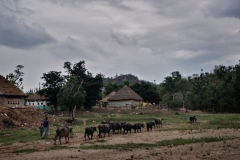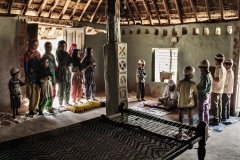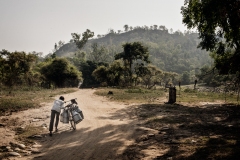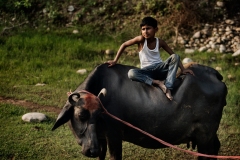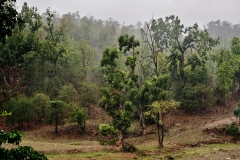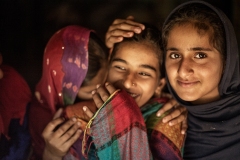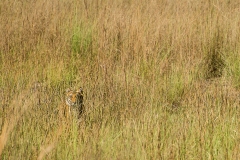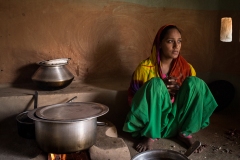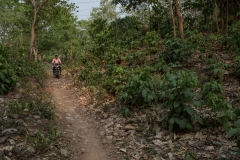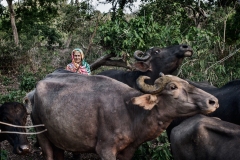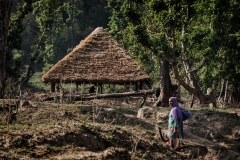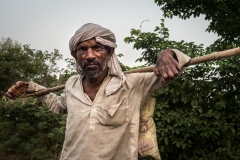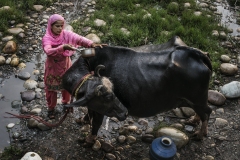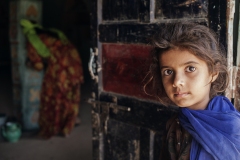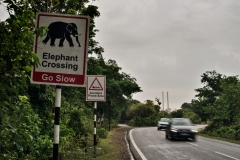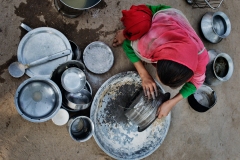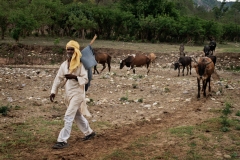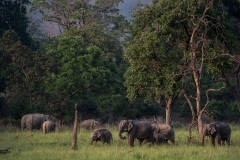People and Tigers. The uncertain fate of the Indian tribe Van Gujjar
The Van Gujjar is a nomadic population of very ancient origins. Yearly, at the end of September, they begin their migration to India, when the temperatures drop where they habitually live, in the Himalayan mountains of the Shivaliks, in Nepal. Along with the buffalo herds that provide the mainstay of this people’s economy, women, men, children and elderly travel for hundreds of kilometres through the mountains.
The final destination of their journey are the forests of the Indian State of Uttarakhand, which circling the sacred city to the Hindu people of Haridwar. Here, inside the Rajaji National Park, they build their villages in the forest they share with the elephants, leopards and tigers, also populating it.
The very existence of this tribe, initially of Hindu religion, but converted two hundred years ago to Islam, is now seriously at risk. The Indian government wants them out of the park. Many villages have already been dismantled. A mass expulsion from the land where they have been living for hundreds of years, it would seem to be very imminent. And with it the end of their nomadism, and of their lifestyle of ancestral breeders. That survive completely on the sail of buffaloes ‘milk, in city markets.
The Van Gujjar are vegetarians, and as such they do not feed on their animals, with whom they live together in a sort of symbiosis. They are a perfect example of “guardians of the forest” – entrusted with the protection of those lands and that wild nature that has always represented their “homeland”.
Read another indian story: https://www.robertonistri.com/stories-roberto-nistri-documentary-photographer/il-maha-kumbh-mela-di-allahabad/
Read my photographic blog (in italian): https://www.robertonistri.it/

